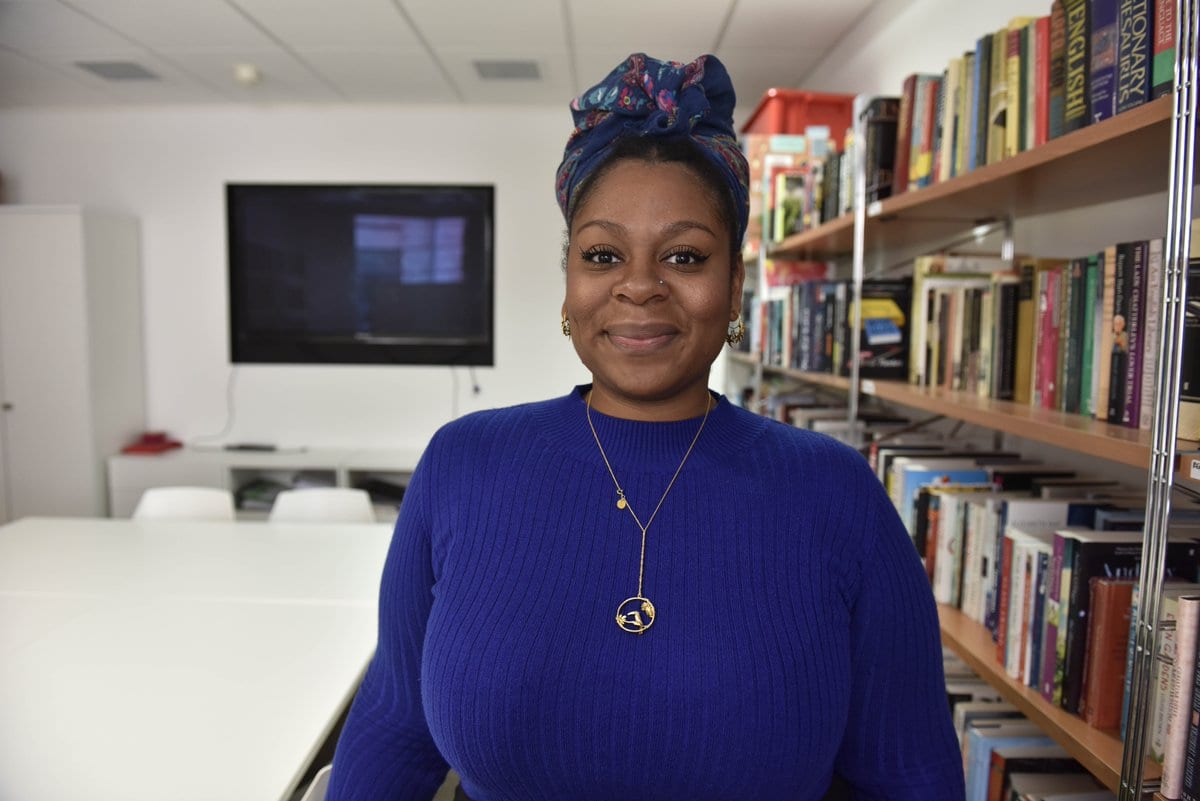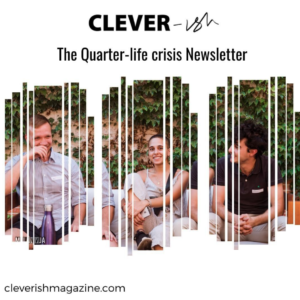
Candice Carty-Williams is making a splash with her new debut novel Queenie which was released in April. Having worked in publishing for years and written for various platforms from Refinery29 to Black Ballad, this is Carty-Williams first novel, and surely won’t be the last.
The novel orbits the protagonist, named Queenie, a twenty-five-year-old black woman trying to stay afloat in her job in London following a breakup with her long-term, white, boyfriend.
As a third-generation immigrant, it documents her daily struggles surrounding racism, reconnecting with her heritage and accepting her community, with more than one inappropriate shag along the way.
Unfairly hailed a ‘Black Bridget Jones’, or another installation into the widely criticized genre of ‘Chick-Lit,’ Queenie has a lot more to offer thanks to the intrinsic and provoking narrative weaved by the author.
Carty-Williams has insisted that her first novel is not autobiographically based, but her Jamaican heritage and life in London as a black woman compares to that of her heroine. She admits, however, that her life did somewhat work as a template for Queenie. In an interview with Glamour magazine, she explains, “She’s [Queenie] been knocking about in my head for a while, so when I sat down to write, she just fell out.”
Though the book tackles important and emerging topics of heritage, gentrification, and mental deterioration, what is crucial is the accessibility to a woman of colors’ story that is offered.
She has successfully created a frank and guileless viewpoint from a black woman, an angle that has been previously overlooked in literature, something that has been assumed intimating and overarchingly unrelatable.
Carty-Williams not only offers a generous opportunity to absorb, regardless of age, gender, and race, another culture, and experience that may differ from our own, but also a role that is new and invigorating for both women of color and white women.
She is an emerging voice for the black community, educating and offering a platform for conversation, while fairly pointing out the privilege and over-simplicity that can sometimes be white feminism.
Carty-Williams is here to educate while creating a representation for those who, like her, grew up feeling different and alone
In an interview on the podcast Ctrl Alt Delete, she explains, “It’s fine to recognize difference… when I used to stay over at friend’s houses [and was offered their shampoo] I was like, I can’t use that shampoo, and they wouldn’t understand… it made me feel… yanno…”.
It’s not about insisting on similarities and denying differences, but learning, understanding, and uniting.

Through Queenies eyes, we experience her encounters with white people, but also the frequent racism within the black community; “You said I can be any type of black girl I wanted to be” Queenie reiterates after being referred to as a ‘Coconut’; meaning she is white on the inside.
Carty-Williams herself says that it is simply a gentle way of letting people understand what life is like as a black woman and showing them through a different lens rather than displaying hard facts.
The poignancy of Queenies encounters with men, so disconnected yet chillingly similar to that of white women, is dotted throughout the book; “is this what growing into an adult woman is” she asks, “having to predict and accordingly arrange for the avoidance of sexual harassment?”.
The perfection of Carty-Williams writing is that she deeply discusses universal things that everyone has experienced; mental illness, identity crisis, relationship woes and she freshly spins the “What do I want?” question that we all must confront eventually.
In her piece titled Average in Five Dials, Carty-Williams takes a deep dive into her physical looks and how she perceives beauty. She reflects on her deep unhappiness with her appearance, comparing it to the universal definition of beauty when growing up, which was thin with blonde hair and blue eyes. The self-analytical stance she consumes, aversion to her inherited brown eyes and her sometimes unmanageable hair, is a process that nearly all women can relate to.
She is constantly, respectfully explaining the differences between women of color and white women but rooted in that is the universal female struggle that resonates with all.
Through her new novel and body of work on black culture, it’s clear that Carty-Williams is here to educate while creating a representation for those who, like her, grew up feeling different and alone.
Being black isn’t a marker for her, but it’s something that needs more cultural and media representation, so that young black women grow up with role models, idols, and kind beauty standards. Multiple references to the Me Too and Black Lives Matter movements in this book create a vital undertone that tells us that although it’s a fictional storyline, the political climate that bounces around is distressingly real, similar to some of Queenies life.
The issues Queenie faces are an over-exaggerated mash-up of multiple people’s experiences, but that makes them no less relevant.

In Refinery29, Carty-Williams writes an extremely hard-hitting and honest piece, in which she details how ‘The Handmaids Tale’ may be a horrific alternative dystopian future for white women, but it is a cruel and tormented part of black women’s history. She rounds off the piece by stating, “The power that we’re seeing taken away from white women in the show is the power we’re still fighting for, day to day.”
Though Queenie, and some of her other pieces, could be classified as Chick-Lit, we need to detach the negative affiliations with this. It’s about time that this genre was shaken up a bit, and that’s what Carty-Williams is here to do. The character of Queenie is hilarious and significant but frustrating throughout the novel. She is flawed and difficult, but Carty-Williams intends to provoke mixed reactions with this character. She is no Bridget Jones or Becky Brandon, and that is what makes her refreshing.
Previously, the predominant character trait of Chick Lit was the archetype of a ‘hot mess.’ Someone who is unorganized and in need of self-evaluation, but in an adorable way. Carty-Williams’ waves that goodbye by bringing us the real and authentic structure of a hot mess, Queenie.
She has surpassed a milestone in literature, making the unfamiliar familiar, and inserting her cultural and specific occurrences into a place that wouldn’t normally accommodate them.
Furthermore, she has grounded views on equality and the political climate which she uses to provoke thought and share experiences, rather than start battles.
The time is right, to redefine any feminist or ‘chick’ literature, and it’s a movement that needs a lot of hands, and open ears behind it.
Knowledge and power are a vital currency now, and unity can give us more. It’s time to learn, empower, and transform.
Carty-Williams’ diverse set of work has something for everyone; she incorporates humor, honesty, relevance, and experience into all her work, creating a welcoming and understanding platform that is here to educate and enable.
Read more from Aoife Smith on onebrokegal.com









